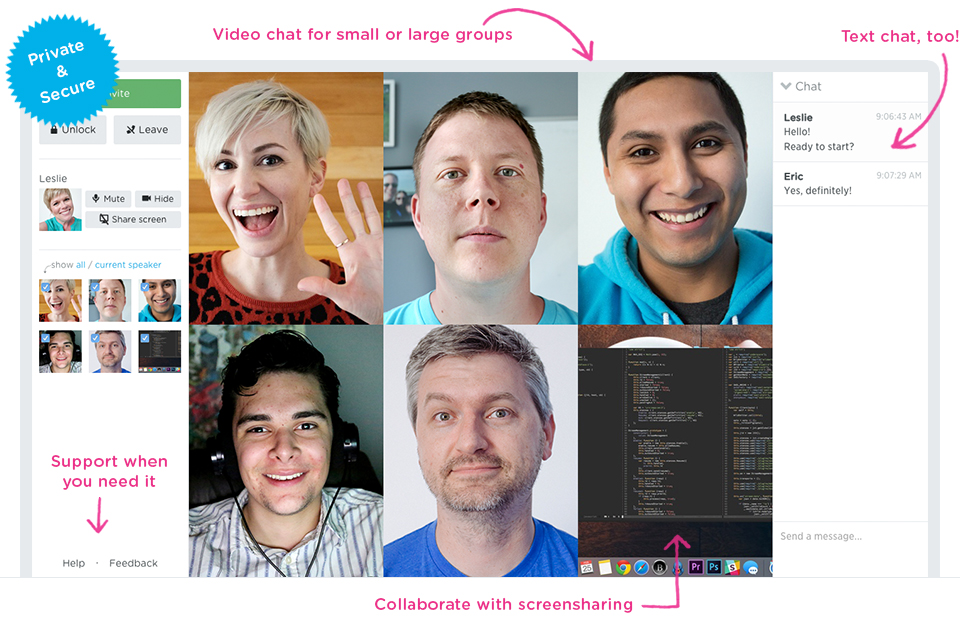Selenium, Travis-CI and WebRTC == <&
It’s been a while since I last wrote about testing WebRTC applications. And guess what? There has been some progress. We’re now using Travis-CI for integration tests in combination with Selenium for UI testing.
The usage of Travis-CI has been described quite a while ago by our rtc.io friends. It is now being used by adapter.js which has recently become a dependency of our core modules like getUserMedia and RTCPeerConnection since it shims the differences between browsers and is maintained by people from Google and Mozilla.
What Travis does is run a series of tests on every pull request. Thanks to travis-multirunner this is running the testsuite (located here for adapter.js) in different versions of Chrome and Firefox. If the tests pass and jshint and jscs don’t find any style nits, there is a nice green badge:



